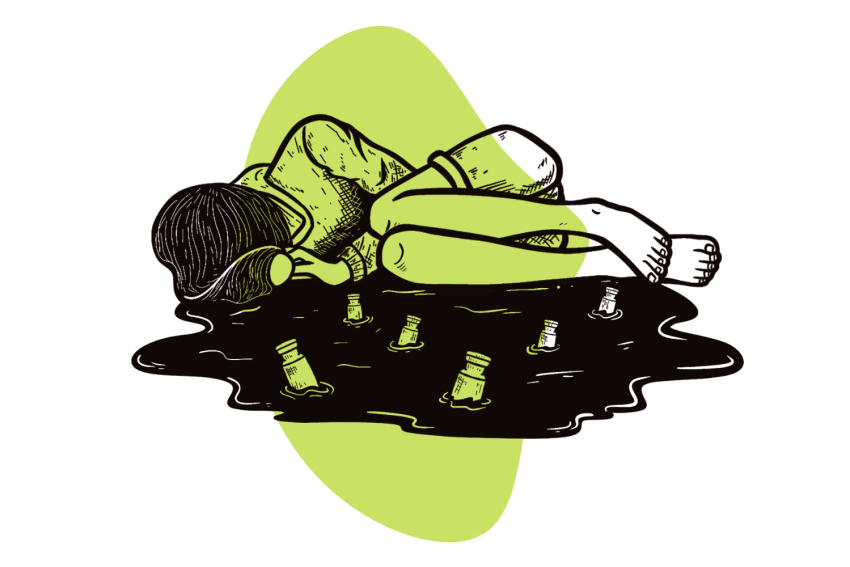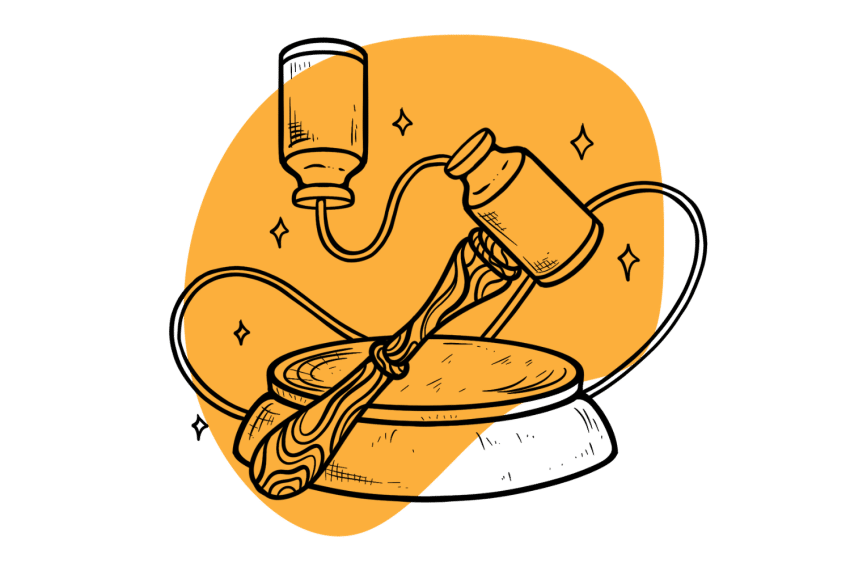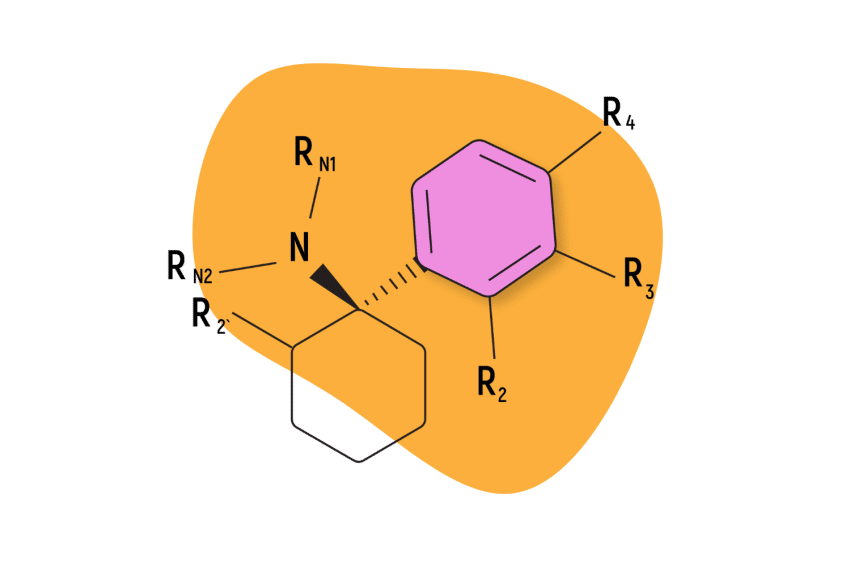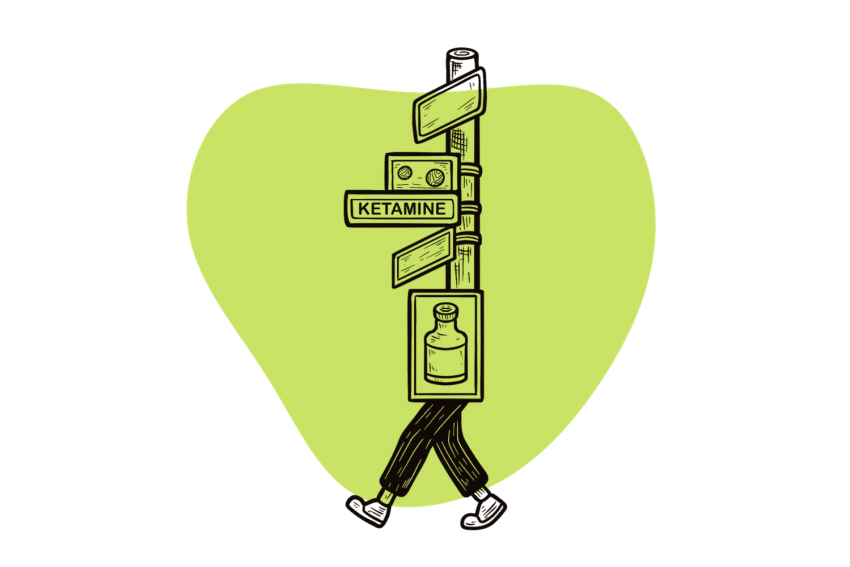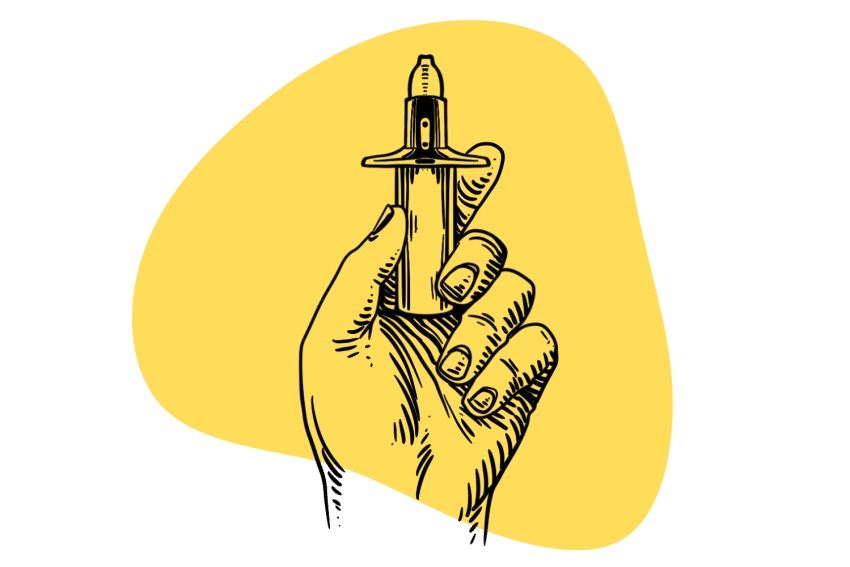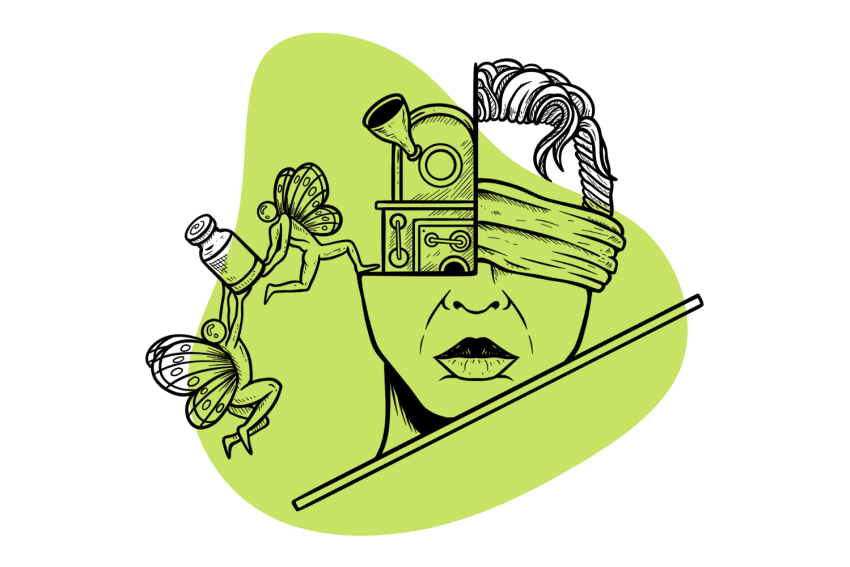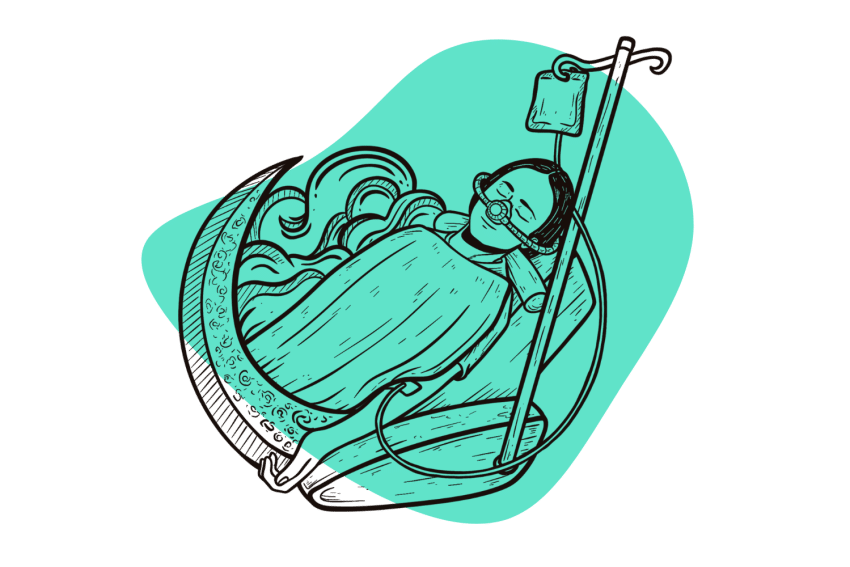Ketamine Reversal Agents: Benzos, Charcoal, Halperidol, & More
Ketamine reversal agents haven’t received much attention, but ketamine’s interactions with other drugs have shown the potential to blunt difficult components of a ketamine session.
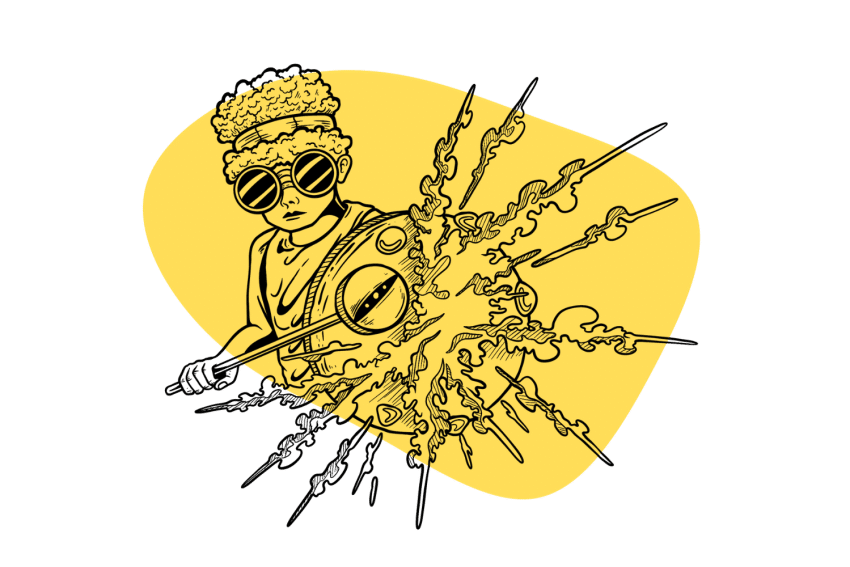
Naloxone and other opioid-reversal medications have opened the eyes of the public to the potential for the prevention of fatal drug overdose.
While ketamine partially acts on the opioid receptors, its complex mechanisms of action make reversal much more difficult than opiates.
There are, however, some medications researchers have found that can reverse aspects of ketamine’s effects — however, these often come with considerable risks.
While ketamine reversal agents may offer a potential for clinical applications, none of them should be used without professional guidance — at least not the way Narcan or other common opiate-reversal agents are.
In this article, we’ll cover the main candidates for reversing a negative experience on ketamine, including:
- Benzodiazepines
- Antipsychotic Medications
- Activated Charcoal
- Opioid Receptor Antagonists (Naloxone/Narcan)
After laying the groundwork for the options available, we’ll also discuss:
- Risks Of Current Reversal Agents
- Future Ketamine Reversal Agent Possibilities
- The Clinical Importance of Ketamine Reversal
Feel free to jump to our frequently asked questions if you’re looking for a quick answer to the questions:
- Can You Overdose on Ketamine?
- Are There Any At-Home Ketamine Reversal Options?
- When Would Someone Need Ketamine Reversal?
- Which Drugs Shouldn’t Mix With Ketamine?
- Does Narcan/Naloxone Reverse Ketamine?
Disclaimer: Ketamine overdoses are rare and typically involve multiple substances — rather than just ketamine. Always seek emergency support if you believe someone is experiencing one. Don’t rely solely on medications to stop an overdose.
Related: Ketamine 101: Effects, Dosage, Risks, & More
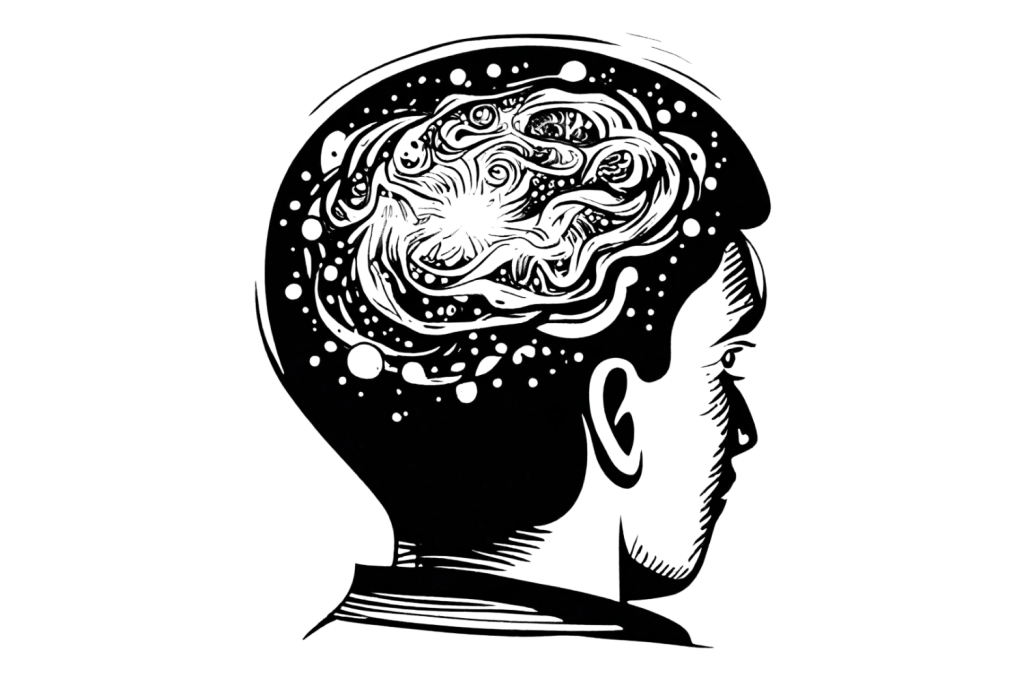
List of Partial Ketamine Reversal Agents
To date, researchers haven’t found a medication capable of fully reversing the effects of ketamine. For most, the short duration of ketamine’s effects makes this seem unnecessary — as opposed to “trip killers” used for long-lasting psychedelics like LSD (lysergic acid diethylamide).
Even in high “K-hole” doses, ketamine will usually drop a person back off near their baseline within 20–30 minutes. As anyone who has ever explored this space will tell you, however, the K-hole experience can feel like a lifetime.
In clinical settings, there would be a tremendous benefit to a drug capable of pulling users back to a sober mindset in the event of an emergency.
The reason this doesn’t exist yet lies in the various systems ketamine interacts with [1], including:
- N-Methyl-D-Aspartate Receptors (NMDAR) — The primary site of action for ketamine, antagonizing the NMDAR is likely responsible for most of ketamine’s effects. There are no good reversal agents for these receptors at the moment.
- Opioid Receptors —- Ketamine interacts with all three opioid receptors, though studies have found its affinity isn’t likely enough to contribute significantly to the experience. There are some good opiate receptor antagonists available today (namely, Narcan).
- Monoamine Receptors — Serotonin, dopamine, and norepinephrine all belong to this class of receptors and largely control our mood, emotions, and processing. There are some reversal agents that target these receptors, but side effects of improper dosing can be severe.
A full ketamine reversal agent would have to antagonize several systems at once, potentially to a catastrophic effect. Additionally, we still know very little about the NMDAR and the implications of interacting with it pharmacologically.
While you can’t kill a ketamine trip fully, there are ways to return some feeling of normalcy.
Here are some of the different options for reversing ketamine researchers have studied:
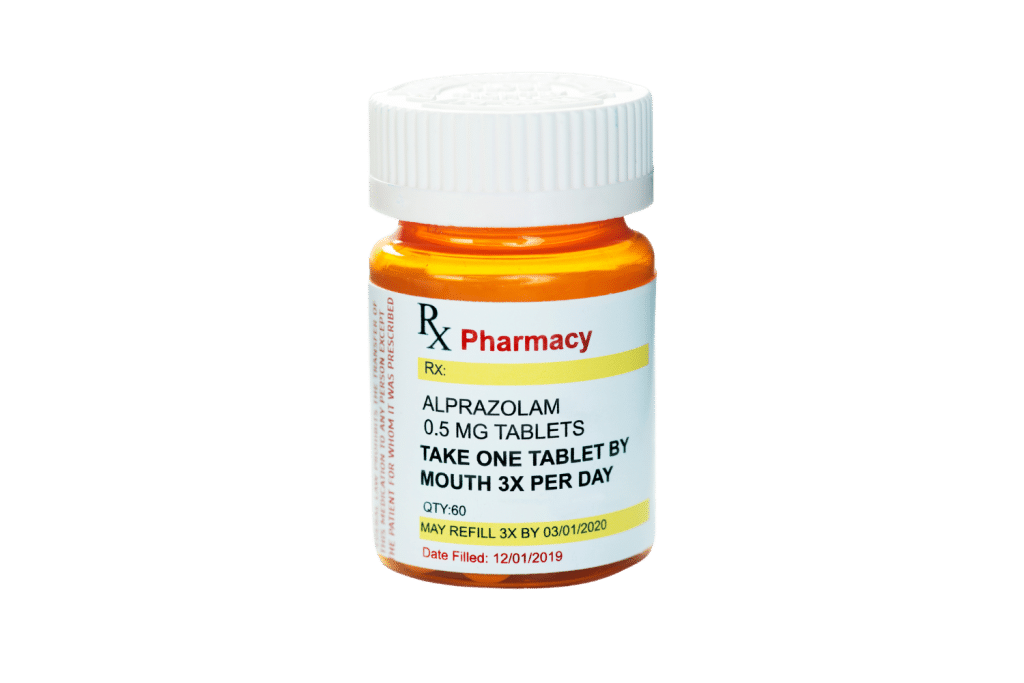
Benzodiazepines (Alprazolam, Lorazepam, & Diazepam)
Benzodiazepines are a common go-to for psychedelic trip killers — not because they reduce the effects of the psychedelic, but because they make it easier to sleep. Whether they’re helpful beyond sedation is uncertain, but they seem to affect the efficacy of ketamine therapy. There’s some potential here for benzodiazepines to be useful as ketamine trip killers in the future — but they don’t quite qualify as a true reversal agent.
One study found the co-use of benzodiazepines with ketamine “dampened” the antidepressant effects of ketamine [2]. It also found it may “constrict ketamine’s psychotomimetic” — or psychosis-like — effects.
While this doesn’t answer for the entire action of ketamine, “psychotomimetic effects” typically cover most of the unpleasant ones. Research is inconclusive on how it achieves the blunting of these effects, but it likely has to do with the inhibition of gamma-aminobutyric acid (GABA) [3].
Ketamine interacts with various systems within the body, but largely responsible for the effects is an increase in the neurotransmitter glutamate. This chemical messenger is “excitatory,” and benzodiazepines may decrease the flow or reception of glutamate in the system.
One benzodiazepine — diazepam (Valium) — was shown to block the release of the “reward” neurotransmitter dopamine in an early animal study [4]. In addition to the role of dopamine-rewarding behavior, an abundance of it can be a major factor in psychosis.
Together, these are potentially negative implications for antidepressant treatment but could point to a solid option for a trip-killer.
It’s important to note that benzodiazepines can be dangerous when taken without the appropriate care, caution, and understanding. While this can be effective at the right dose, benzodiazepines in large doses or mixed with alcohol — as ketamine often is — can be deadly.
List of common benzodiazepines:
- Diazepam (Valium)
- Lorazepam (Ativan)
- Alprazolam (Xanax)
- Chlordiazepoxide (Librium)
- Clonazepam (Klonopin)
- Etizolam (Etilaam)
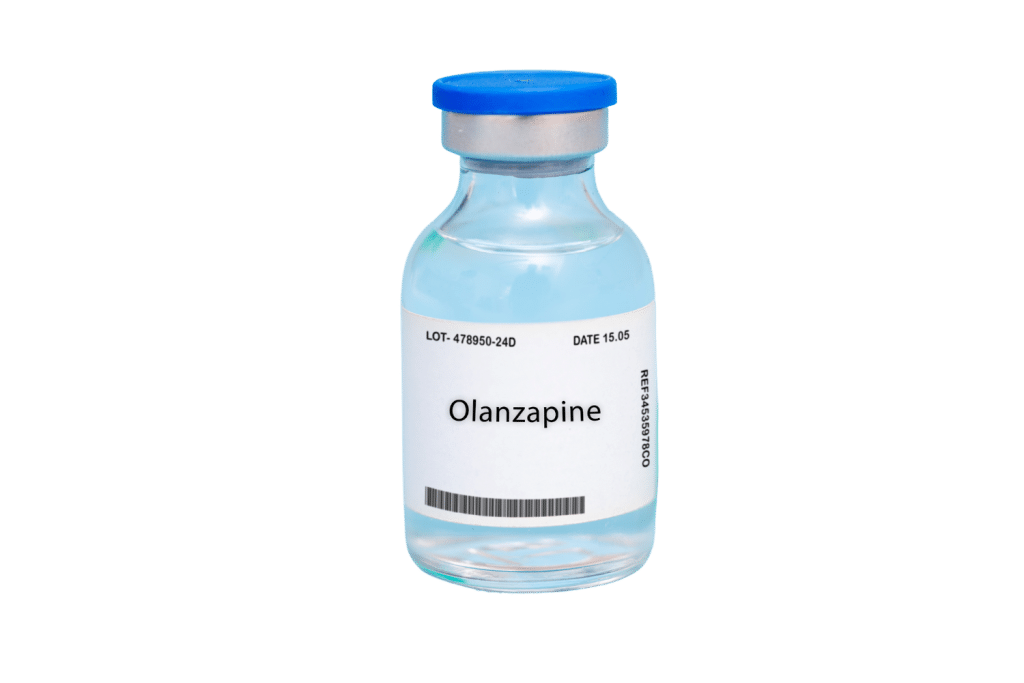
Antipsychotic Medications (Olanzapine, Clozapine, & Haloperidol)
Given the psychotomimetic nature of ketamine adverse reactions, antipsychotic medications seem like a common-sense place to look for reversal agents. However, the sheer variability in ketamine’s target receptors makes most antipsychotics less-than-ideal options.
While studies are still conflicting (at best), there’s evidence to suggest a variety of antipsychotic medications can blunt or halt various effects of ketamine. These include:
- Olanzapine — Rodent studies found olanzapine may block the effects of ketamine, though it requires higher doses than normal [5]
- Clozapine — Various studies have had success in blunting ketamine effects with clozapine [6]. Though the drug comes with nasty side effects, its efficacy led researchers to discover clozapine had a yet unknown interaction with the NMDAR.
- Haloperidol — While haloperidol doesn’t blunt the overall effects of ketamine, it may reduce “impairments in executive cognitive functions produced by ketamine [7].”
These options are rarely a first choice, but research may find them to be more effective down the line. The unpleasant effects of ketamine may also potentiate the mental health condition the antipsychotic medication treats, meaning some relief from it is still possible.
Without further research into the topic, this is an unlikely option for clinical ketamine reversal in most cases.

Activated Charcoal
Mainly reserved for people who have ingested large quantities of ketamine, activated charcoal slows the absorption of chemicals in the stomach [8]. This is a measure the emergency room might take if someone checks into the hospital shortly after accidentally consuming a large amount of ketamine.
More commonly, this option assists patients who arrive after the police or an EMT sedates them with ketamine. It’s also useful when someone takes ketamine with other drugs to ensure they don’t absorb too quickly into the bloodstream and lead to overdose.
Activated charcoal doesn’t actually “reverse” the effects of ketamine, but it can prevent further absorption of oral ketamine into the system through the digestive tract.
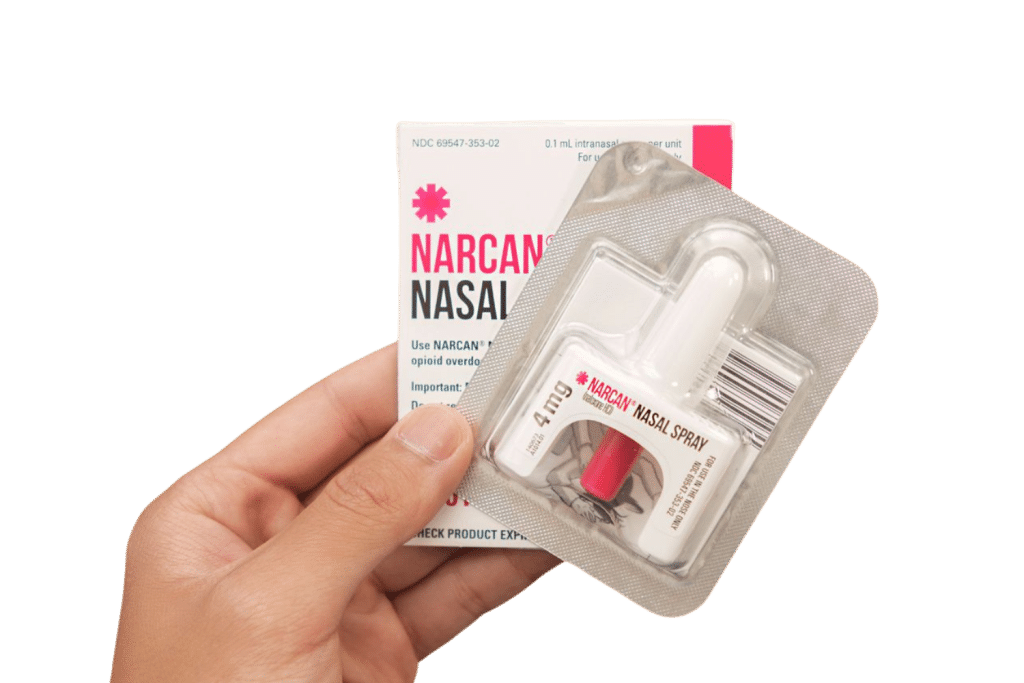
Opioid Receptor Antagonists (Naloxone/Narcan)
Studies don’t show opioid receptor antagonists like naloxone (brand name Narcan) have a significant effect on ketamine intoxication. However, the light opioid activity of ketamine can be deadly in combination with other opiates, meaning naloxone could be a life-saving treatment.
Ketamine won’t lead to an opioid overdose on its own because it’s not an opioid in the same way morphine or heroin are. In combination, however, ketamine can potentiate other opiates and make overdose more likely.
Ketamine also has a remarkable ability to reverse opioid tolerance [9], meaning overdose can occur more easily. For someone unaware of this fact, they may take a dose they were previously tolerant of and experience symptoms of overdose.
When purchasing ketamine on the clandestine market, it’s also worth noting the potential for contamination with opiates. It’s always a good idea to test your drugs first and keep a dose of Narcan handy if you’re exploring a less-than-legal market.
Risks of Current Ketamine Reversal Agents
In clinical settings, the partial ketamine agents above are likely safe — with medical supervision. The main concern is how they may interact with ketamine or other substances taken alongside it.
Benzodiazepines like lorazepam can make the effects of ketamine less overwhelming, but they greatly attenuate the sedative qualities and can cause temporary amnesia [3]. Amnesia is a serious concern and leaves people vulnerable and in unsafe conditions.
The antipsychotic haloperidol increased ratings of psychosis after administration for some, even though it improved other elements as well. Worsening the condition you’re desperately working to escape is a horrific possibility in unsupervised settings.
Together, this all spells one thing: don’t try this at home. There are no ketamine reversal agents considered safe enough to use without professional medical supervision.
Future Outlook for Ketamine Reversal Agents
Regulators of NMDAR are a hot topic for pharmacological invention, but we don’t have much information on them currently. While the reversal agents above can occasionally interact with this system, we don’t know enough about the effects of interacting with it outside of ketamine and endogenous chemicals.
Discussions surrounding ketamine’s novel interaction with NMDAR have been ongoing for decades, but little advancements have occurred. Though ketamine interacts with a variety of systems in the body, many of them flow from NMDAR activity.
Through the ketamine excitement of late, researchers are looking into NMDAR as a new target site for novel pharmaceutical treatments. As a result, our treatment of anxiety, depression, and other mental health concerns may look drastically different in 5–10 years.
As of today, however, we know far too little to develop reliable solutions to target NMDAR.
Should researchers ever discover a reliable, safe way to modulate the main system ketamine interacts with, it’s likely it will interact with ketamine and potentially reverse it.
Residual effects are still likely for the remaining systems ketamine interacts with, however. Because of this, we will likely only ever succeed in reversing the majority of ketamine’s actions.
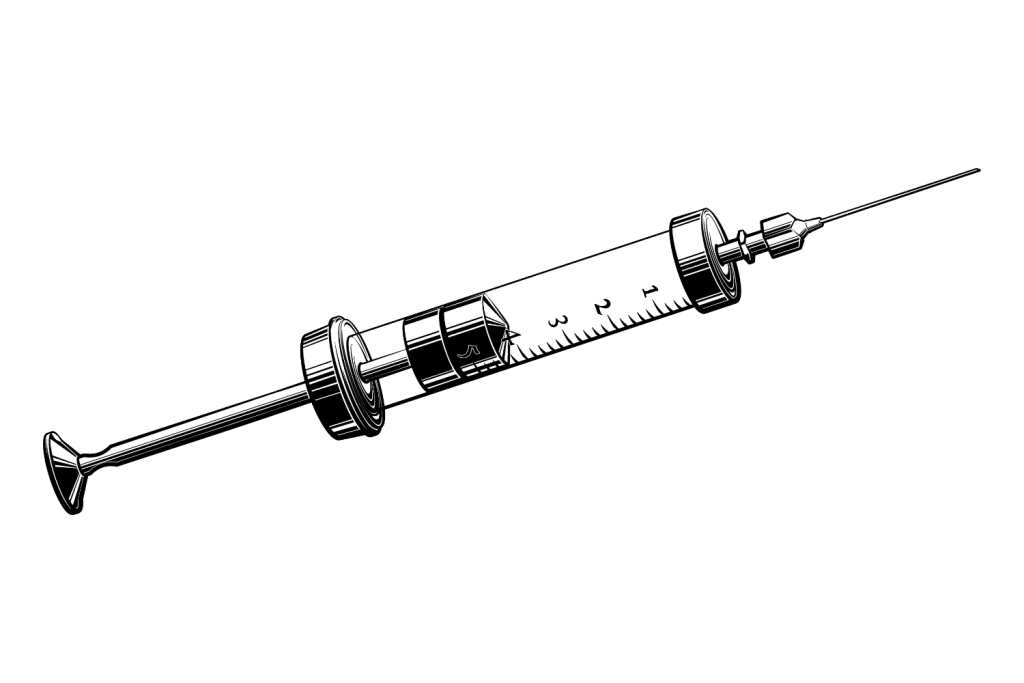
Clinical Potential of Ketamine Reversal Agents
Ketamine’s use in healthcare settings constitutes the main reason for developing reversal agents. Specifically, its conventional use is as an anesthetic during painful procedures, as a sedative in emergencies — or as a subdual agent for law enforcement.
For patients in these contexts, ketamine intoxication is an unwanted side effect that may emerge as the drug wears off. Ketamine won’t have a trippy effect at this high of a dose, but it’s common for people to feel the psychotomimetic effects as it wears off.
In this sense, ketamine reversal agents could provide a crucial level of care to patients who are awaking in vulnerable states.
Emergency services also frequently employ ketamine as a way to subdue people in the middle of a crisis. While it’d likely be better to weed this out entirely, it would still be helpful to have reversal agents for the ketamine to revive patients without unpleasant side effects.
In these settings, patients are more likely to have had other substances in their system as well. After being given large doses of ketamine without consent, the reversal agent could be life-saving.
Frequently Asked Questions About Ketamine Reversal Agents
Here are some of the most common questions people ask about ketamine reversal agents:
1. Can You Overdose On Ketamine?
You can, but it would be quite difficult, and most ketamine overdoses are the result of co-use with other substances [10]. While ketamine is unlikely to be deadly on its own, the experience can be frightening for some and make even the 15–30 minutes feel far too long.
Additionally, ketamine can strengthen the effects of other drugs and increase the likelihood of overdosing on alcohol, benzodiazepines, opiates, and other drugs. Since many of these constitute the main options for ketamine reversal, you should never attempt to reverse ketamine with these treatments at home.
Another concern when sourcing ketamine outside of a legal framework is contamination. It’s not uncommon for ketamine in clandestine markets to have opiates, benzodiazepines, or other drugs mixed in.
2. Are There Any At-Home Ketamine Reversal Options?
There are not — the main solutions for reversing ketamine’s effects involve medications that can blunt some of its effects. Ketamine rarely lasts long enough for most medications to kick in without an IV administration.
If you’re having a negative experience with ketamine and you’ve tested it and know it’s pure, you’re likely safe in a physical sense. Try focusing on your breath and seeing if you can relax into the symptoms as you wait for them to pass.
If you feel your ketamine was contaminated or you are experiencing a life-threatening reaction to ketamine, call 911 immediately. However, this is exceedingly rare, and most of the unpleasant side effects are non-life-threatening.
3. When Would Someone Need Ketamine Reversal?
Ketamine reversal is typically an option hospitals would apply after administering ketamine in anesthesia or sedation. It’s also a prominent tool for healthcare and law enforcement.
The former is primarily for painful procedures, pulling patients back after ketamine’s powerful anesthetic and sedative benefits. The latter — likely employed too frequently — is to revive people after ketamine subdual in emergency settings.
At these doses, a person is unlikely to experience a ketamine “trip,” but as the drug wears off, this may begin to change. A reversal agent would be useful in bringing patients back without the confusion, psychosis, and mental fog associated with ketamine wearing off.
4. Which Drugs Shouldn’t Mix With Ketamine?
Ketamine interacts with various systems within the body and could potentiate or dampen the effects of many medications. It’s likely best to avoid all medications — even over-the-counter ones — with ketamine, if possible, waiting a couple of hours after the effects wear off to take it.
Some potentially deadly combinations with ketamine include:
- Benzodiazepines — While studies show these can be effective “trip killers” for ketamine in some ways, they also greatly increase the sedative effects. It’s also a deadly combination with another drug often co-used with ketamine… alcohol.
- Alcohol — Alcohol has the same major mechanism of action, and the potentiation of sedation makes it more likely to lead to overdose. This is a frequent combination of drugs for recreational users but requires a tremendous amount of caution.
- Opiates — While ketamine only affects the opioid receptors in a minor capacity, it could make a person more susceptible to overdose on opiates in combination. Ketamine also may reduce or eliminate a person’s tolerance to opioids, meaning a lower amount could lead to an overdose than normal.
- Central Nervous System Modulators — Antipsychotics, antidepressants, and other medications with major influence on the central nervous system could cause complications with ketamine.
- Urinary/Liver Medications — The toxic metabolites of ketamine affect these systems specifically and can make medication less effective. Conversely, some medications can make the expulsion of these metabolites harder, enabling them to do more damage.
- Cardiovascular Medications — Ketamine only causes a mild rise in blood pressure and heart rate for most, but you should avoid it if you’re on medication for these concerns.
Note: This list is not exhaustive; consult with your doctor about any medications you’re taking before starting ketamine therapy.
5. Does Narcan/Naloxone Reverse Ketamine?
No, but it can still be an important first line of defense if the person co-uses ketamine and opiates together. The combination can potentiate the effects of opiates and eliminate the build-up of tolerance, making overdose more likely.
Additionally, if the drug came from the clandestine market, there’s a potential for contamination of fentanyl or other opiates. If a person is nodding off after taking a dose of ketamine, they haven’t tested beforehand; it’s likely a good idea to use the overdose-reversal agent to be safe.
Don’t expect the ketamine effects to feel drastically different after a dose of naloxone, though. This option purely influences opioid receptors, and studies show ketamine effects remain mostly the same in patients who have also taken naloxone.
Subscribe to Tripsitter: Newsletter & Podcast
Unlock Your Mind: Subscribe for Expert Insights on Psychedelics 🍄🌵
References
- Peltoniemi, M. A., Hagelberg, N. M., Olkkola, K. T., & Saari, T. I. (2016). Ketamine: A Review of Clinical Pharmacokinetics and Pharmacodynamics in Anesthesia and Pain Therapy. Clinical Pharmacokinetics, 55(9), 1059–1077. https://doi.org/10.1007/s40262-016-0383-6
- Andrashko, V., Novak, T., Brunovsky, M., Klirova, M., Sos, P., & Horacek, J. (2020). The Antidepressant Effect of Ketamine Is Dampened by Concomitant Benzodiazepine Medication. Frontiers in Psychiatry, 11, 844. https://doi.org/10.3389/fpsyt.2020.00844
- Veraart, J. K. E., Smith-Apeldoorn, S. Y., Bakker, I. M., Visser, B. A. E., Kamphuis, J., Schoevers, R. A., & Touw, D. J. (2021). Pharmacodynamic Interactions Between Ketamine and Psychiatric Medications Used in the Treatment of Depression: A Systematic Review. International Journal of Neuropsychopharmacology, 24(10), 808–831. https://doi.org/10.1093/ijnp/pyab039
- Irifune, M., Sato, T., Kamata, Y., Nishikawa, T., Nomoto, M., Fukuda, T., & Kawahara, M. (1998). Inhibition by diazepam of ketamine-induced hyperlocomotion and dopamine turnover in mice. Canadian Journal of Anaesthesia 45(5 Pt 1), 471–478. https://doi.org/10.1007/BF03012584
- Duncan, G. E., Miyamoto, S., Leipzig, J. N., & Lieberman, J. A. (2000). Comparison of the effects of clozapine, risperidone, and olanzapine on ketamine-induced alterations in regional brain metabolism. The Journal of Pharmacology and Experimental Therapeutics, 293(1), 8–14. https://pubmed.ncbi.nlm.nih.gov/10734147/
- Rame, M., Caudal, D., Schenker, E., Svenningsson, P., Spedding, M., Jay, T. M., & Godsil, B. P. (2017). Clozapine counteracts a ketamine-induced depression of hippocampal-prefrontal neuroplasticity and alters signaling pathway phosphorylation. PLoS ONE, 12(5), e0177036. https://doi.org/10.1371/journal.pone.0177036
- Krystal, J. H., D’Souza, D. C., Karper, L. P., Bennett, A., Abi-Dargham, A., Abi-Saab, D., Cassello, K., Bowers, M. B., Vegso, S., Heninger, G. R., & Charney, D. S. (1999). Interactive effects of subanesthetic ketamine and haloperidol in healthy humans. Psychopharmacology, 145(2), 193–204. https://doi.org/10.1007/s002130051049
- Orhurhu, V. J., Vashisht, R., Claus, L. E., & Cohen, S. P. (2023). Ketamine Toxicity. In StatPearls. StatPearls Publishing. http://www.ncbi.nlm.nih.gov/books/NBK541087
- Mizobuchi, Y., Miyano, K., Manabe, S., Uezono, E., Komatsu, A., Kuroda, Y., Nonaka, M., Matsuoka, Y., Sato, T., Uezono, Y., & Morimatsu, H. (2022). Ketamine Improves Desensitization of µ-Opioid Receptors Induced by Repeated Treatment with Fentanyl but Not with Morphine. Biomolecules, 12(3), 426. https://doi.org/10.3390/biom12030426
- Chaves, T. V., Wilffert, B., & Sanchez, Z. M. (2023). Overdoses and deaths related to the use of ketamine and its analogues: A systematic review. The American Journal of Drug and Alcohol Abuse, 49(2), 141–150. https://doi.org/10.1080/00952990.2022.2132506

